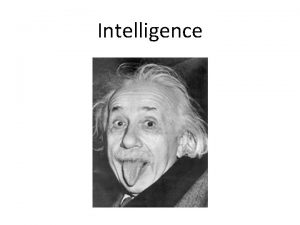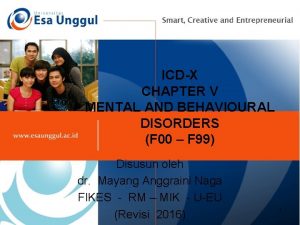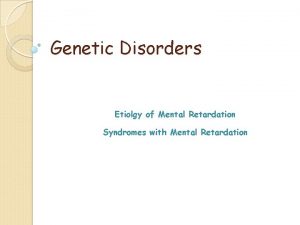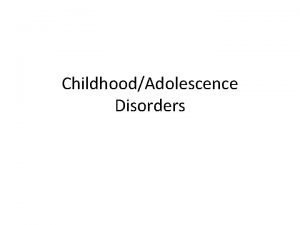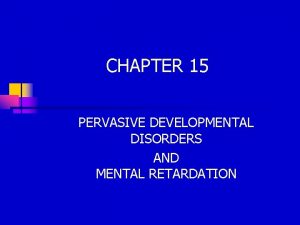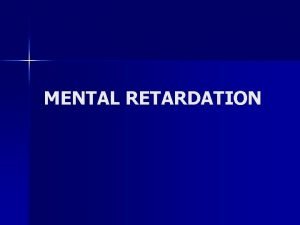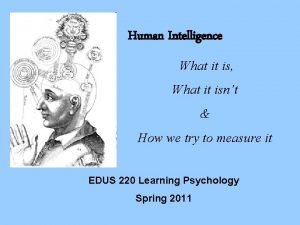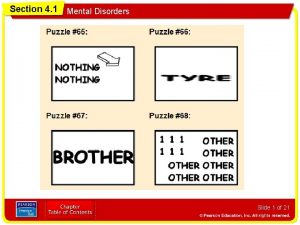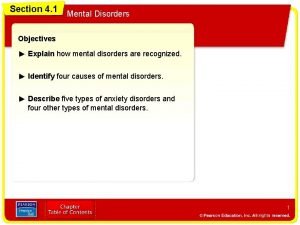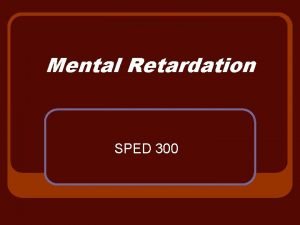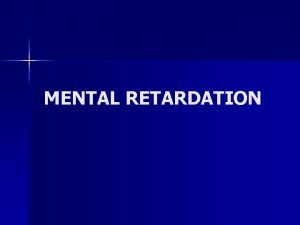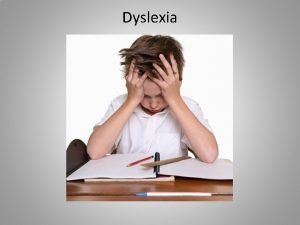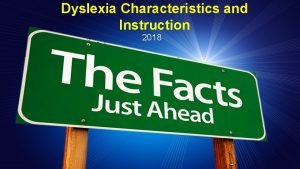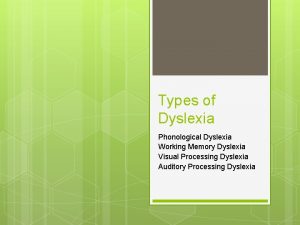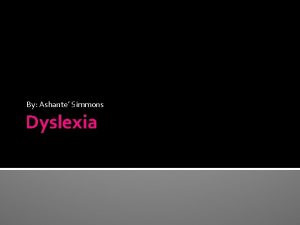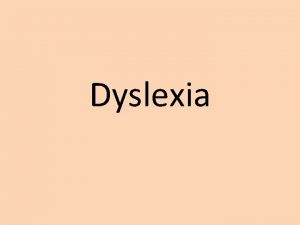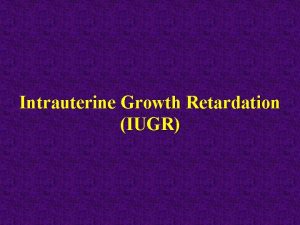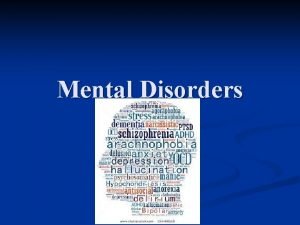Reading disorders in mental retardation Dyslexia or not














- Slides: 14

Reading disorders in mental retardation. Dyslexia or not ? Annick COMBLAIN, University of Liege – FAPSE Department of Cognitive Sciences Speech and language pathology unit Seminar « Cross views on dyslexia » Liège, 20 april 2004

Reading n Complex and composite ability implying several basic skills such as : – – Syllabic or rhyme awareness about 4 y. o. Phonemic awareness contemporary with reading acquisition n In French : discovering the phonemic correspondence is necessary to learn to read n Phonemic awareness to explicit learning and psychological maturational process n Positive correlation between : – phonological awareness level – Reading and spelling abilities

Reading and phonological awareness in Down syndrome. n n DS individuals are able to reach a good level in reading but what about phonological awareness ? 2 point of view : Cossu et al. (1990, 1993) Evans (1994) DS children are able to read in spite of low performances on metaphonological tasks. Morton & Frith (1993) competence ≠ performance Performance on metaphonological tasks do not only involve access to phonological representations cognitive level influence ? Morton & Frith (1993) Cupples & Iaconno (2000) In DS as in typical children, reading and phonological awareness are strongly linked. n n n Gombert (2002) DS children = low metaphonological abilities (< to TC) but strongly linked with their reading level ≠ regarding the proposed tasks

Metaphonological tasks : DS children ≠ typical children n DS children : no gradual evolution rhyme perception phoneme perception (≠ TC) – DS : initial phoneme detection > rhyme detection – 2 possible explanations : n DS : less exposed to « language games » using rhyme n Teaching methods preferentially use phonemes

DS : reading statistics n Pueschel & Hoppmann (1993) – United States : – – – 7 – 10 y. o. 20% 11 – 16 y. o. 47 % 17 – 21 y. o. 50 % – 7 – 10 y. o. 47 % – 11 – 16 y. o. 61 % – 17 – 21 y. o. 67 % peuvent lire plus de 50 mots peuvent lire des phrases

Cognitive strategies for reading TChildren = DS children ? n Very few studies n Buckley, Birds & Byrne (1996) : – DS children make the same errors than young typical readers : n n Visual errors Semantic errors Indicate the use of a logographic strategy No knowledge of grapho-phonological correspondence principles. – Use of the logographic strategy during a (atypical) long period hypothesis : more difficulties than TC with the alphabetic strategy acquisition

n Gombert (2002) in DS children : – Nonword visually ≠ known word : performance – Nonword visually similar to a known words : performance – Use of analogies with wellknown words in nonwords reading – difficulty in applying grapho-phonological correspondence rules to items without any lexical relation with a wellknown word –.

Comprehension and reading in DS reading = decoding x comprehension What about this component ? n Very few studies n The limited oral comprehension seems to limit the development of reading comprehension

Observations in DS Children n 10 DS children aged from 7 à 11 y. o. – 5 attending special school and 5 attending normal school – Matched on the EVIP (PPVT) level µ = 6 y. o. n Assessed domains : – – – Single word reading BELEC Sentences L 2 MA et ORLEC Metaphonology (including names of letters and sound of letters) BELEC + Lecocq – Memory nonword repetition ( BELEC) – Oral comprehension ECOSSE (TROG) – Prerequisite for the first school grade NBA-T : spatial organisation; rhythm, visual discrimination, graphic skills and memory (visual and auditive)

Results (%) 0. 01 0. 05

Nonwords, non frequent words and frequent words

• No frequency effect frequent words vs non frequent words : p=0. 55 • No lexicality effect : • nonwords vs frequent words : p=0. 98 • nonwords vs non frequent words : p=0. 56 • No length effect short words vs long words : p=0. 30 • No complexity effect simple words vs complex words : p=0. 68

Regular and irregular words

• No regularity effect • Most frequent errors : 1. 2. 3. 4. Omission of one or more syllables Phoneme omission Confusion of visual similar letters (b/d) Confusion of non voicing / voicing consonants (p/b)
 Mental retardation nursing diagnosis
Mental retardation nursing diagnosis Mental retardation classification
Mental retardation classification Mental retardation levels
Mental retardation levels Kode icd 10 takut ketinggian
Kode icd 10 takut ketinggian Etiolgy
Etiolgy Mental retardation classification
Mental retardation classification Nursing diagnosis mental retardation
Nursing diagnosis mental retardation Levels of mental retardation
Levels of mental retardation Causes of mental retardation
Causes of mental retardation What are the classification of mental retardation
What are the classification of mental retardation Pre reading while reading and post reading activities
Pre reading while reading and post reading activities Section 4-1 mental disorders answers
Section 4-1 mental disorders answers Section 4-1 mental disorders answers
Section 4-1 mental disorders answers Chapter 21 mental health diseases and disorders
Chapter 21 mental health diseases and disorders Glencoe health chapter 5
Glencoe health chapter 5


